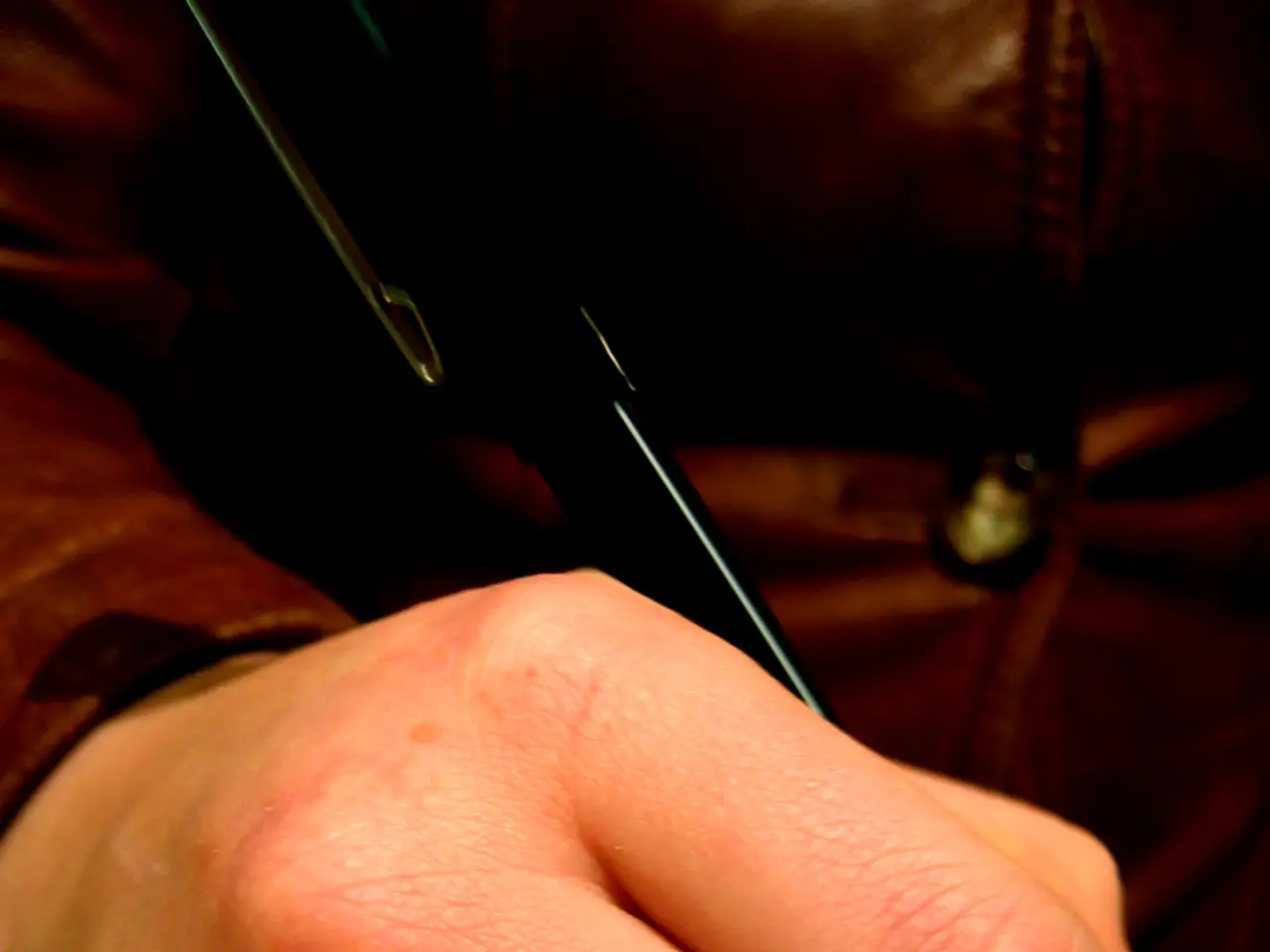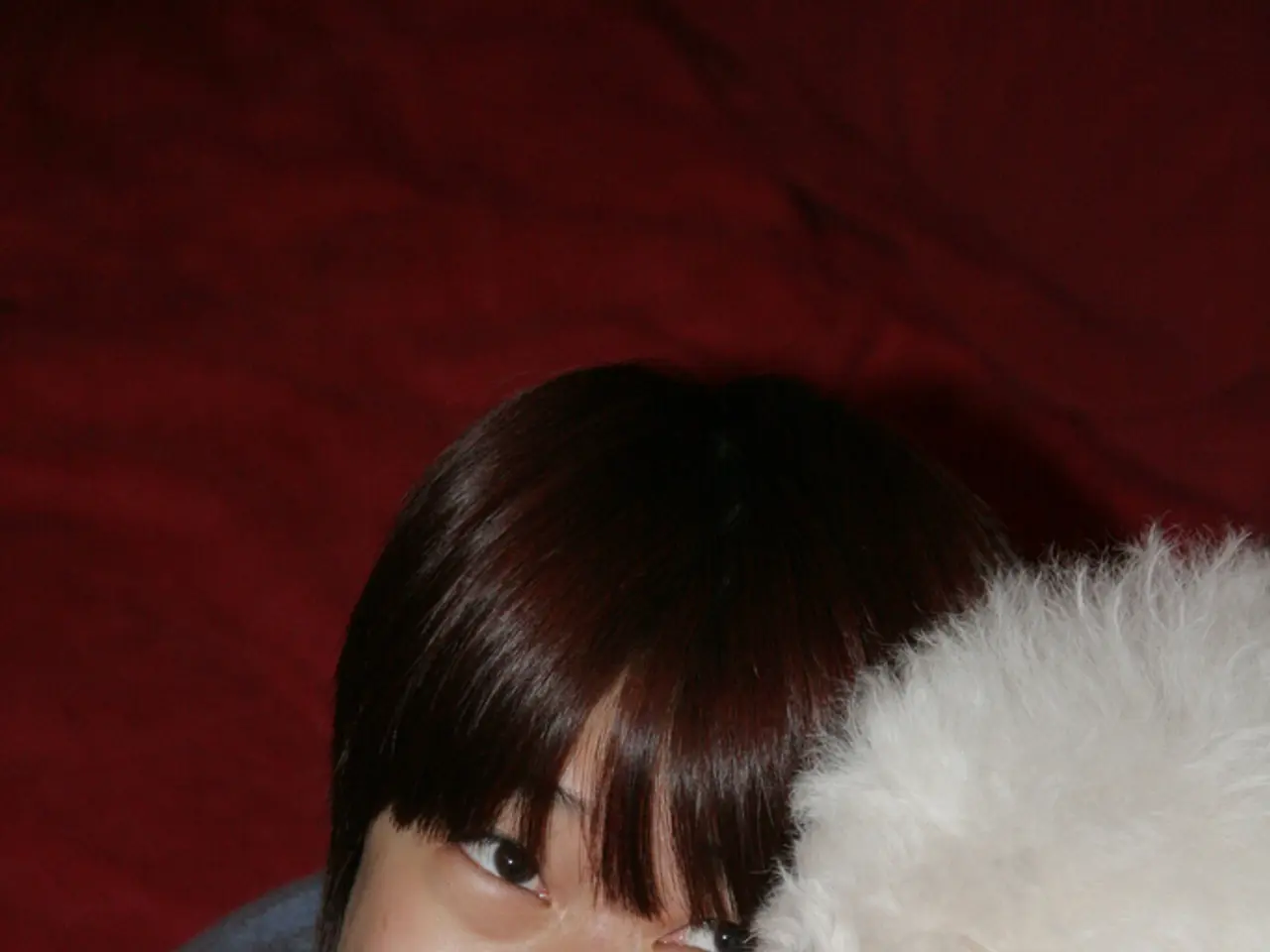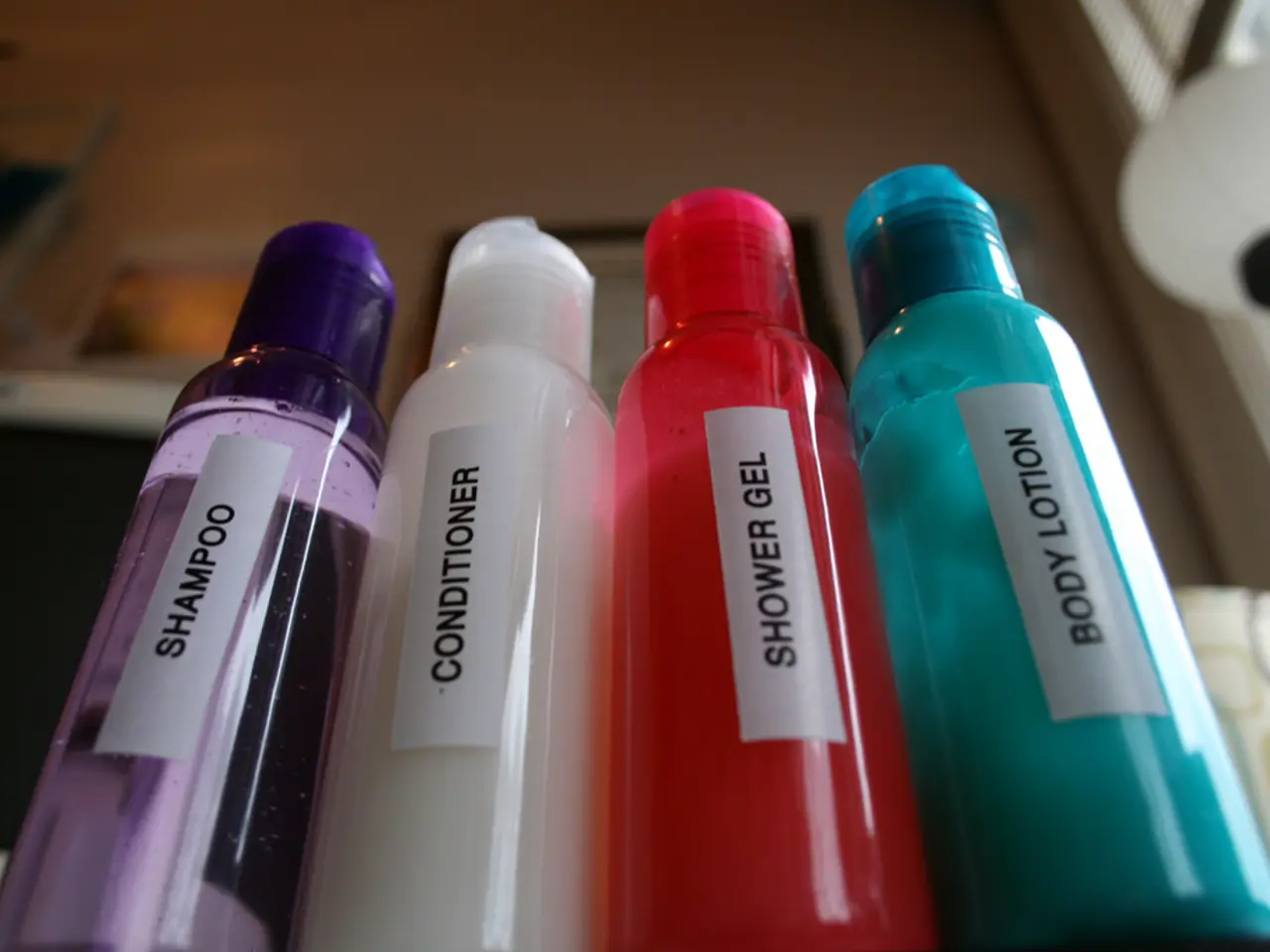Mastering Calligraphy for Left-Handed Individuals: Essential Tips for a Smooth Start (Discover What Really Makes a Difference)
### Mastering Brush Pen Calligraphy as a Left-Handed Beginner
Left-handed individuals embarking on a calligraphy journey may encounter unique challenges, such as smudging, awkward hand positioning, and adapting materials designed for right-handed users. However, with the right supplies and technique adjustments, lefties can create stunning brush pen calligraphy.
## Essential Supplies for Minimising Smudges
- **Fast-Drying Inks and Papers:** Select papers that absorb ink quickly to reduce smudging as your hand moves across the page. Rapid-drying inks and tools are also beneficial in minimising the risk of smudge accidents [5]. - **Non-Smudge Brush Pens:** Some pens are formulated to dry more rapidly, such as the Tombow Fudenosuke and Tombow Dual Brush. These pens can help prevent smudging. - **Paper Positioning:** Tilt your paper counterclockwise (for left-handed calligraphers) or clockwise (for right-handed writers) to avoid dragging your hand across wet ink. Lefties often find tilting the paper counterclockwise at an angle comfortable. - **Protective Sheet:** Place a blotter sheet or scrap paper under your hand to prevent transferring oils and accidentally smudging fresh ink.
## Technique Adjustments
- **Hold the Brush Pen at a 45-Degree Angle:** Like right-handed calligraphers, left-handed beginners should hold the brush pen at a 45-degree angle to the page for optimal stroke variation [4]. - **Pressure Control:** Apply light pressure on upstrokes (thin lines) and increased pressure on downstrokes (thick lines), regardless of your dominant hand [2]. - **Stroke Orientation:** Practice ascending (thin) and descending (thick) strokes separately before connecting them. Lefties may find it helpful to turn the paper up to 90 degrees or more to emulate the “pulling” motion that righties use naturally [2]. - **Practice Unconnected Strokes:** Begin with individual thick and thin lines, then progress to connecting them smoothly as your control improves [2]. - **Hand Placement:** Avoid resting your hand on fresh ink. Move your hand down the page, not across, or use a mahl stick (a light support rod) to keep your hand elevated.
## Tips from the Community
- Left-handed calligraphers can be as accomplished as their right-handed counterparts—persistence and adaptation are key [3][5]. - Online communities and social platforms often share left-handed-specific tips and encouragement [5]. - Tag or follow left-handed calligraphy artists for inspiration and advice.
## Summary Table: Right-Handed vs. Left-Handed Adjustments
| Technique/Supply | Right-Handed Approach | Left-Handed Adjustment | |-----------------------|-------------------------------|------------------------------------------| | Paper Tilt | Clockwise | Counterclockwise (experiment for comfort)| | Stroke Direction | Pull down (natural) | May turn paper or adjust grip for fluidity| | Smudge Prevention | Less common | Fast-drying ink, blotter, careful hand placement | | Tutorial Adaptation | Standard | Mirror or seek left-handed resources |
## Final Thoughts
Left-handed beginners should not be discouraged—brush pen calligraphy is absolutely achievable with thoughtful adjustments to supplies and techniques. Focus on controlling pressure, paper positioning, and ink drying time, and don’t hesitate to seek out resources tailored to left-handed artists [3][5]. Practice consistently, and remember that many professional calligraphers are left-handed!
Additionally, it’s important to note that many left-handed individuals fall into one of three categories: Underwriters, Overwriters, and Side-writers. Understanding your writing style can help you further adapt your technique to suit your needs.
Lastly, don't forget to enjoy the process and embrace the unique perspective that left-handed calligraphy offers. Happy crafting!
And now, for a little dad joke: Why don't left-handed calligraphers write in their sleep? Because they fear the pen might end up on the wrong side of the bed!
- Beginner left-handers can minimize smudging by using fast-drying inks, papers, and non-smudge brush pens like the Tombow Fudenosuke and Dual Brush.
- Left-handed calligraphers should tilt their paper counterclockwise for comfortable positioning, and hold the brush pen at a 45-degree angle for optimal stroke variation.
- Technique adjustments for lefties might include turning the paper up to 90 degrees for proper stroke orientation, practicing exactly thin and thick strokes separately, and moving the hand down the page instead of across.
- To find support and inspiration, beginner left-handed calligraphers can turn to online communities and follow successful left-handed artists for advice and tips.




